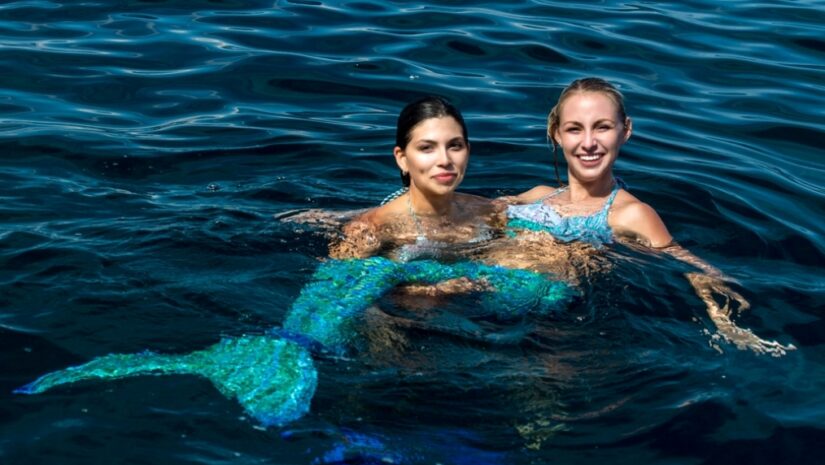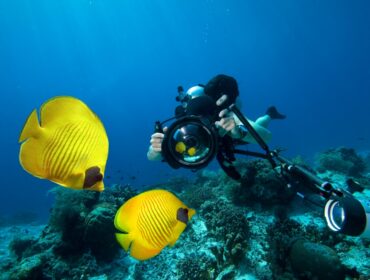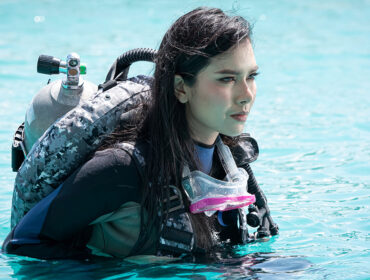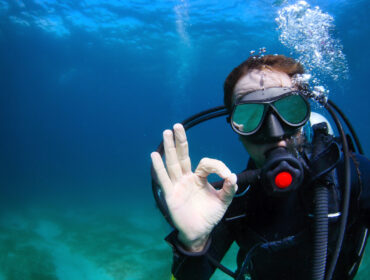Once confined to fantasy films and folklore, mermaid diving has emerged as a breathtaking underwater sport and performance art that blends freediving, dance, storytelling, and marine awareness. Whether it’s the appeal of gliding effortlessly underwater like a sea creature, or the rising interest in sustainable ocean sports, mermaid diving is captivating people across the globe.
From tropical resorts in Thailand to certification programs in California, mermaiding (as it’s commonly known) is no longer a niche pursuit. With growing communities, professional competitions, and even dedicated schools, mermaid diving is making waves – both as a sport and a form of expressive, ocean-centric lifestyle.
What Is Mermaid Diving?
Mermaid diving is a type of underwater swimming or performance art in which divers wear a monofin and mermaid tail, mimicking the look and movement of mythical mermaids. It combines elements of freediving, breath-holding, synchronized swimming, and aquatic dance. Some mermaid divers perform for audiences in aquariums or pools; others use it as a form of underwater fitness or therapy.
At its core, mermaid diving is about fluidity, grace, and connection to the underwater world. While it may appear whimsical, it requires significant physical strength, water confidence, and safety awareness.
The Rise of Mermaiding as a Global Sport
What began as a niche performance trend has evolved into a recognized sport and discipline. The growing popularity of mermaid diving can be credited to:
- Social Media & Pop Culture: Viral videos and fantasy films like The Little Mermaid reboot have reignited interest in mythical sea creatures.
- Diving Schools & Resorts: Institutions now offer mermaid certification programs alongside scuba and freediving.
- Health & Fitness: It’s an effective full-body workout, combining swimming resistance with core control and breath training.
- Environmental Connection: Mermaiding often goes hand in hand with ocean conservation efforts, making it a tool for education and advocacy.
Types of Mermaid Diving
There are various expressions of mermaid diving, tailored to different interests and skill levels:
Recreational Mermaiding
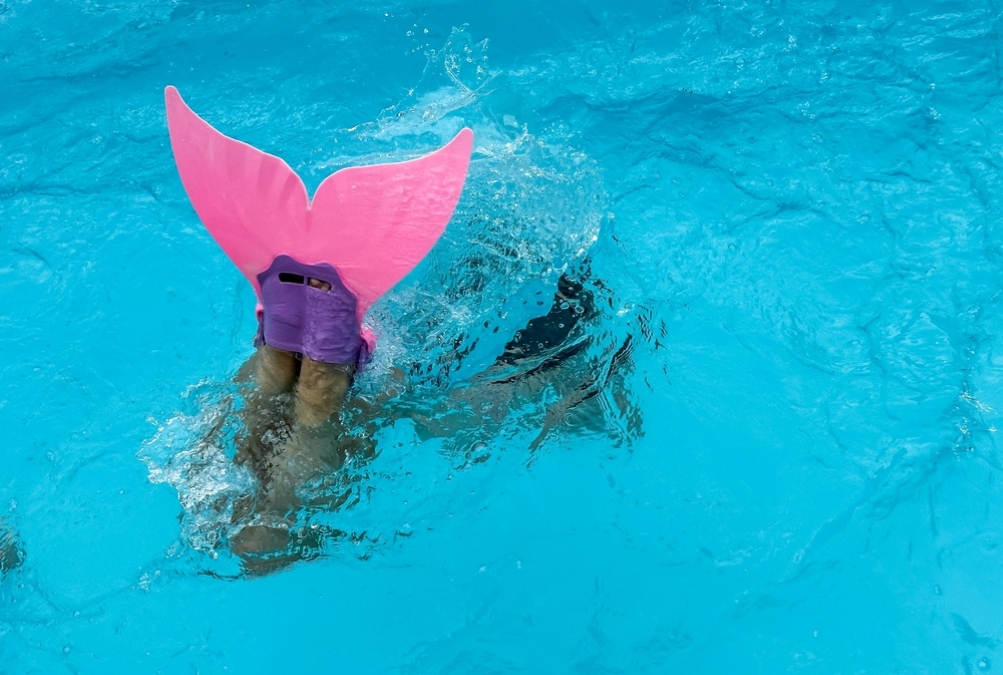
For many, mermaid diving is simply a fun, whimsical activity. Resorts and swimming centers offer beginner-friendly classes focused on basic swimming, safety, and posing in a tail.
Performance Art
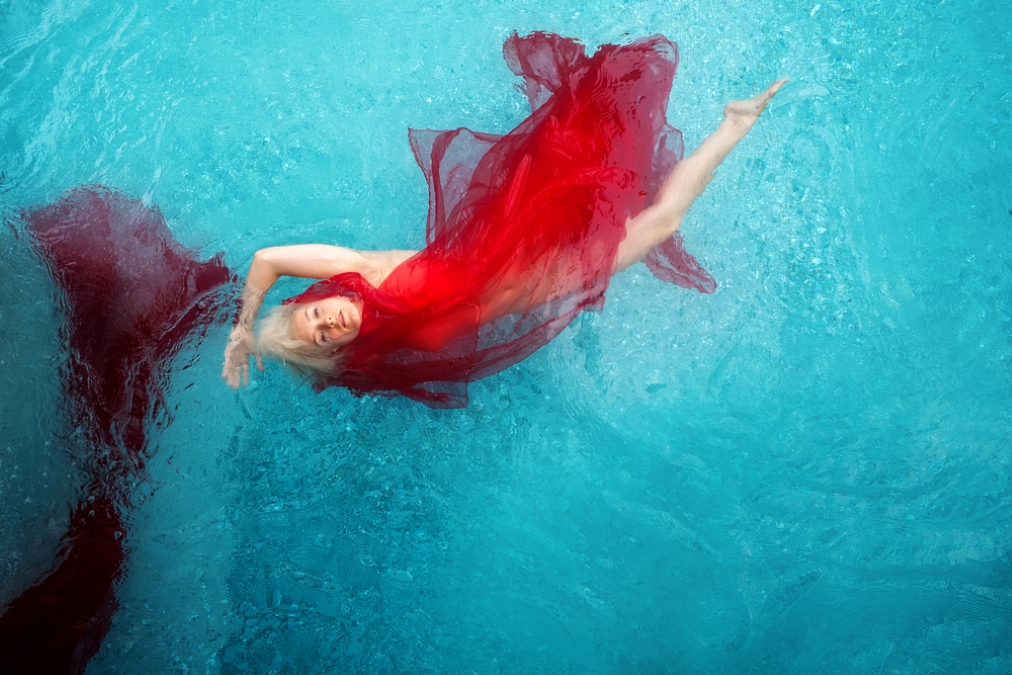
Professional mermaids perform in tanks, aquariums, or pool shows, entertaining audiences with underwater routines. This includes synchronized movement, tricks, and even interacting with marine animals in controlled settings.
Freediving & Open Water Mermaiding
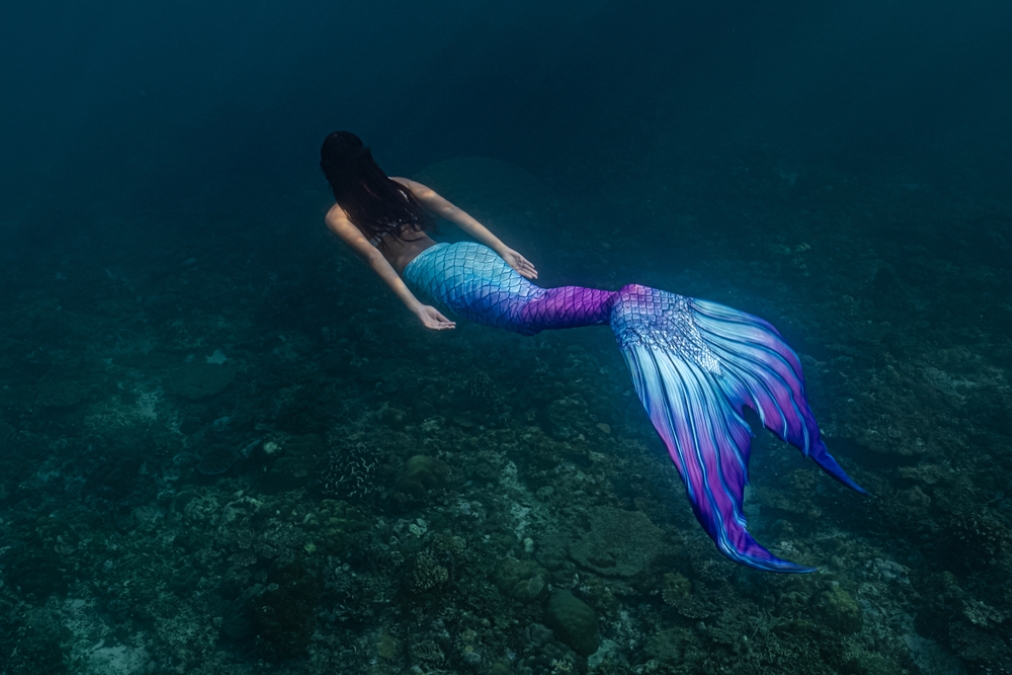
In this style, divers explore natural environments like reefs, cenotes, or lagoons while holding their breath. It’s closely linked with freediving and often requires advanced certification.
Competitive Mermaiding
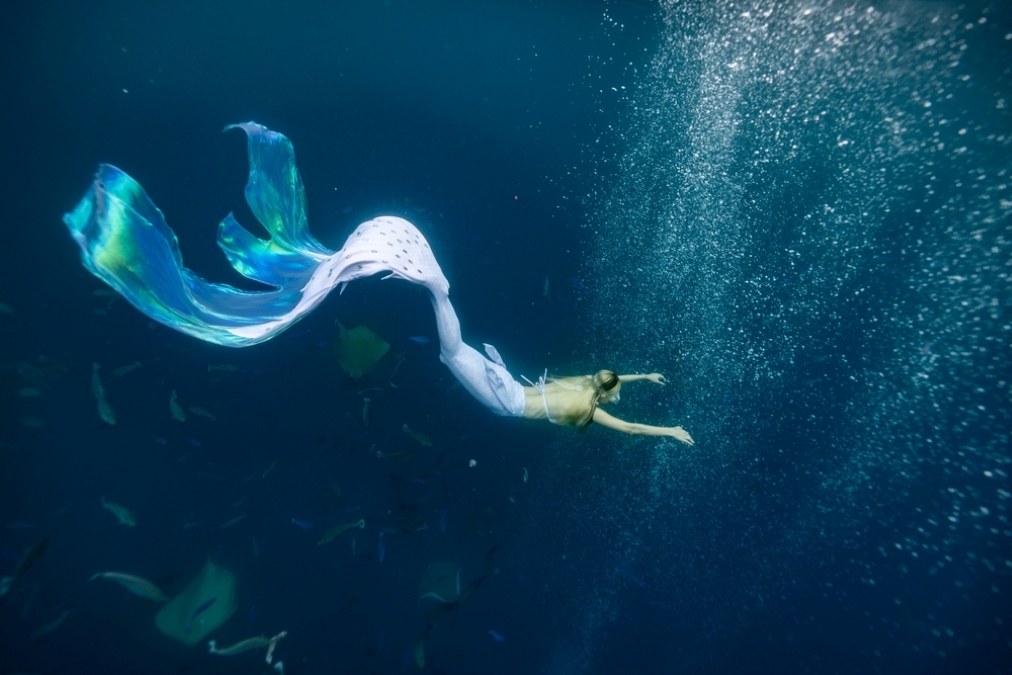
There are growing numbers of international mermaid competitions, judging on style, breath control, costume design, and choreography.
What You Need: Gear & Equipment
While some mermaid divers use decorative fabric tails for poolside fun, serious mermaiding requires quality gear suited for comfort, control, and safety.
Mermaid Tail
The most iconic component, mermaid tails come in various materials:
- Fabric tails: Lightweight, flexible, ideal for beginners.
- Silicone tails: Realistic and durable, often used in performance but significantly heavier.
Monofin
The monofin is inserted inside the tail to provide propulsion. It connects both feet and mimics the fin of a dolphin. A strong monofin is key for efficient, dolphin-style kicks.
Mask or Goggles
Many mermaids prefer low-volume freediving masks for clear underwater vision. Decorative masks can be used in performances.
Weight Belt (optional)
Advanced divers may use light weight belts to achieve better buoyancy control during deeper or longer swims.
Swimmers often wear rash guards or tops to pair with tails, especially for open water sessions where protection from sun or jellyfish is important.
Training and Certifications
Despite its magical appeal, mermaid diving is physically demanding and can be dangerous without training. Leading diving agencies like PADI, SSI, NAUI, and Apnea Academy now offer mermaid certifications.
These courses typically cover:
- Breath-hold techniques and breath-up routines
- Underwater safety and buddy protocols
- Monofin swimming techniques
- Tail handling and costume care
- Open water skills (for advanced levels)
Some even include eco-awareness modules to connect divers to marine conservation.
Physical & Mental Benefits
Mermaiding isn’t just beautiful – it’s a powerful fitness and mindfulness practice. Key benefits include:
- Full-Body Workout: It strengthens the core, legs, and back, improves flexibility, and enhances cardiovascular health through swimming and breath control.
- Breath Awareness & Lung Capacity: Holding your breath underwater increases lung efficiency and calms the nervous system.
- Mental Health & Confidence: Mermaiding is often described as meditative. The rhythmic movement in water has a calming effect, helping with anxiety and body positivity.
- Creative Expression: Mermaid diving is deeply artistic. From tail design to storytelling and movement, it opens doors to performance and visual creativity.
Mermaid Diving and Ocean Conservation
One of the most impactful aspects of mermaid diving is its ability to raise awareness for ocean protection. Many professional mermaids serve as marine ambassadors, advocating for:
- Plastic reduction in oceans
- Coral reef conservation
- Marine life protection
- Reef-safe sunscreen use
Organizations like Mermaid Liveaboards, Ocean Ambassador Programs, and Sea Save Foundation partner with mermaid performers to deliver eco-education to the public, especially children.
By using fantasy to foster real-world impact, mermaid diving becomes a unique bridge between art and activism.
Is Mermaid Diving for Everyone?
Absolutely! With proper training, people of all ages, genders, and body types can participate in mermaiding. Some schools even offer adaptive mermaid programs for those with limited mobility.
However, you should always:
- Be a confident swimmer
- Learn from a certified instructor
- Never mermaid dive alone
- Use appropriate gear
- Practice breath-hold skills safely
How to Get Started
Ready to try mermaid diving? Here’s a simple path to begin your journey:
- Find a Mermaid Class Near You: Look for mermaid or freediving centers that offer introductory classes. Many resorts and city pools now offer weekend workshops.
- Choose a Tail That Fits: Start with a comfortable, beginner-level fabric tail and monofin. Focus on learning the kick, balance, and water control.
- Train in a Pool: Practice in a safe, supervised pool environment before heading to the open ocean. Learn your limits and master breath control.
- Join a Community: There are mermaid clubs and online groups where you can meet other enthusiasts, learn tail-making tips, or join cleanup dives.
Closing Thoughts: The Magic Beneath the Surface
Mermaid diving is more than a passing trend – it’s a celebration of water, movement, and myth. It invites us to connect with our environment in a deeply personal and playful way. By embodying the grace of an ancient legend, mermaid divers also become modern-day ocean protectors — inspiring action, promoting sustainability, and reminding us of the beauty that lives just beneath the surface.
Whether you want to swim with dolphins in a shimmering tail, take magical underwater photos, or become an advocate for coral reefs, mermaid diving welcomes you with open fins.
FAQs: Mermaid Diving
It can be if not done properly. Always train under supervision and never dive alone.
Yes, basic swimming skills are essential before trying mermaid diving.
Trained divers can hold their breath for 1-3 minutes or longer, depending on experience.
Yes, many programs offer classes for children as young as 6, with proper safety gear and instruction.
Fabric tails start at around $80, while high-end silicone tails can cost over $1,000.

